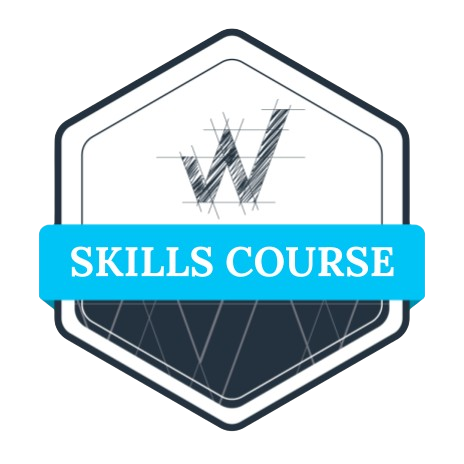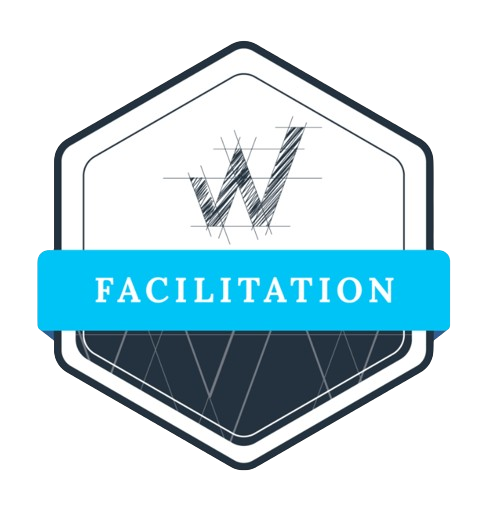Moving upmarket to sell to larger companies is a typical stage in a company’s growth journey. But what’s the best way to make that transition easier and faster? After advising many businesses on how to sell to enterprise accounts and deliver sustainable revenue growth, our biggest takeaway is this:
It’s not enough just to win the sale. Before you can reap the benefits of landing large accounts, you must update your go-to-market model (GTM) to support them across the complete account-based customer journey. This includes changes to how you sell, market, and support those customers, before and after they buy.
Why? Your new (larger) target accounts have different needs compared to smaller customers, so it’s critical to update your strategy and GTM playbooks to match those new requirements. This extra effort upfront helps you avoid setbacks that happen if you apply the wrong GTM model to a new customer segment. Even better, paying attention to the demands of an account-based customer journey sets you up to get ahead of your competition faster.
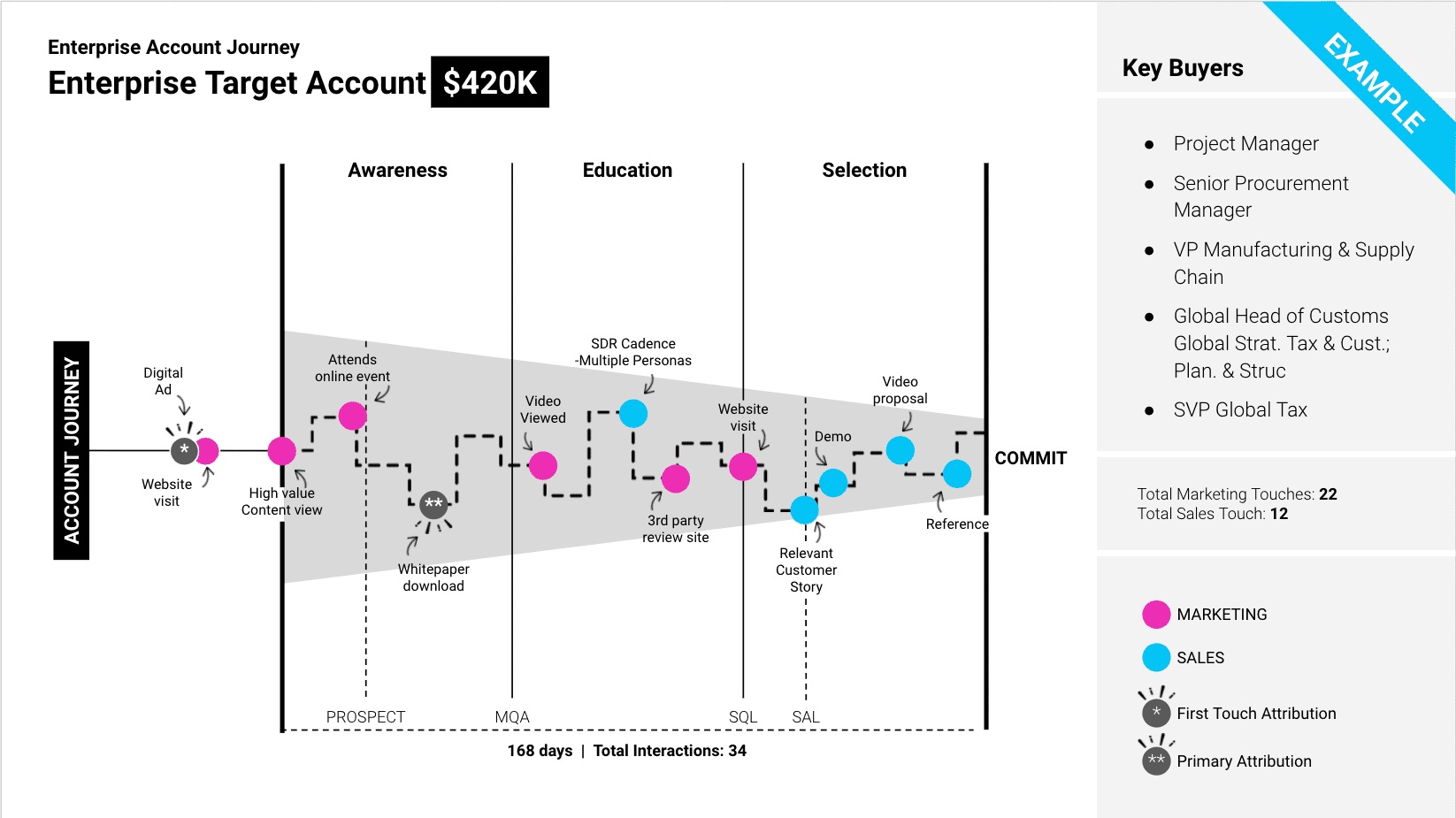
Figure 1. An example of the enterprise account journey mapped across the first half of the Winning by Design bowtie
Start by understanding buying changes for enterprise customers
The easiest way to scope the GTM changes you need is to think about the experience from the customer’s point of view. Figure 1 above depicts a typical enterprise customer journey example, mapped across the Winning by Design bowtie model that includes both pre-and post-sale requirements, essential to recurring revenue models. The enterprise journey differs from the journey of smaller customers in four fundamental ways:
- Longer sales cycles
- More buyer roles (or personas) involved in the decision process
- More senior-level buyers involved in the decision
- More overall engagement via multiple channels across multiple personas
What does that mean for your GTM for the buying journey? There will be many more engagement points across sales development (SDR), sales, and marketing before an enterprise deal is won. You’ll need to support an increase in education touchpoints across a larger group of stakeholders as well as additional awareness measures at an account-based level. It also requires content and engagement options to support later-stage education, as different buyer roles come in and out of the deal cycle.
Given this more complex buying cycle, companies need to reevaluate and adjust their GTM model. Figure 2 below depicts how a revenue team’s GTM approach should vary, based on annual contract value (ACV) and the number of deals won each year.
For example, a company with an ACV of $25K that is closing about 3,000 deals per year should be using a 2-stage GTM (the first stage is SDRs prospecting, the second stage is AEs closing). As you move upmarket and go after larger enterprise accounts with larger ACV, you need to determine based on this framework how you need to adjust your GTM model and if you need more than one GTM model to support multiple customer segments.
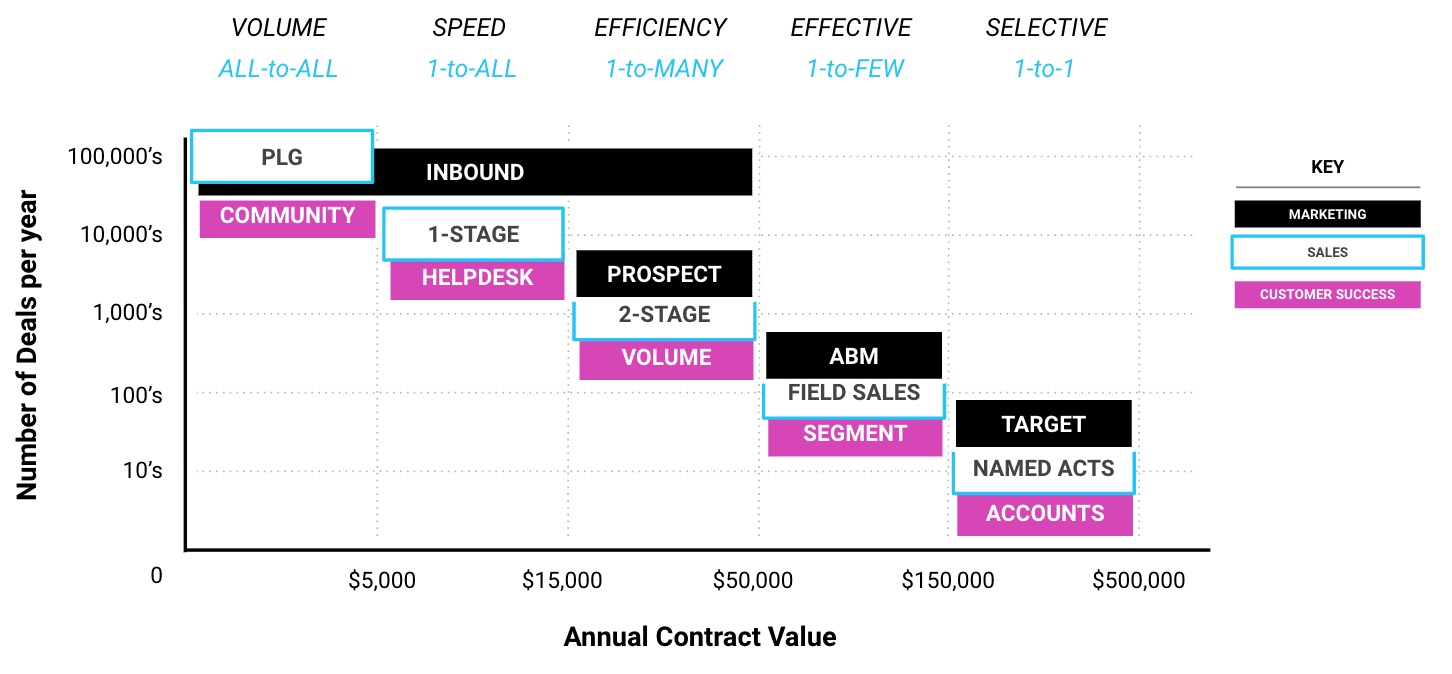
Figure 2. Various GTM approaches, based on ACV and number of won deals per year.
Determining Enterprise Market Readiness
- Marketing: Based on your ACV, are you using the appropriate marketing approach to drive awareness, education, and selection by your target customers? Do your current marketing actions reflect an enterprise account-based customer journey? Do you have resources to support post-sale marketing engagement, from onboarding through advocacy to support the customer-led growth model required for enterprise success?
- Sales: Is your sales team well structured, equipped with the right experience, and trained on the appropriate skills to execute a tailored field or named account sales motion?
- Customer Success: Is your CS team positioned to support larger, more complex customer teams that require management at the segment or account level? Has a journey been defined to reflect the needs of these enterprise customers? Does the CS have the skills, knowledge, and resources to engage a larger set of customer stakeholders with more complex routes to impact realization, from end users to C-level executives?
How Marketing must evolve to drive enterprise demand
Moving upmarket to sell to enterprise companies is the top reason why companies adopt an account-based strategy. This makes perfect sense. Applying a GTM model for mid-market won’t allow for the wider range of customer roles and interaction requirements that enterprise relationships demand both pre- and post-sale. But what does that mean when it comes to quantifying Marketing’s impact on revenue?
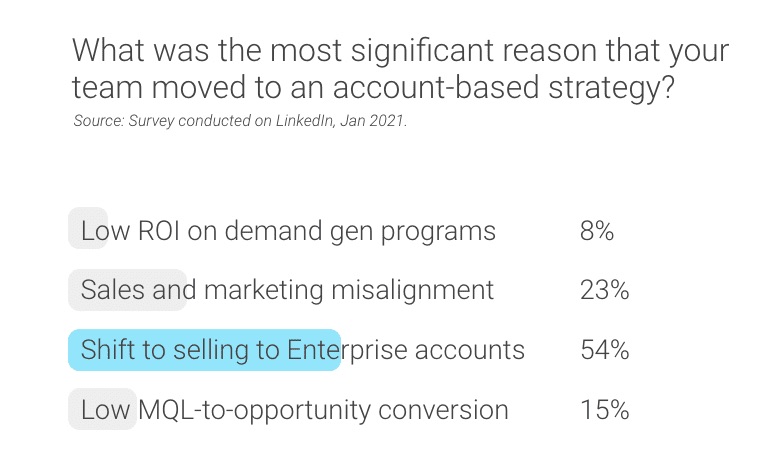
Figure 3. Survey of reasons to moving to an Account Based Strategy (January 2021)
In an enterprise account-based model, Marketing needs to reconsider how it defines and measures its new contribution to business impact, which won’t mean a higher volume of leads. There are never easy answers to the age-old questions of “How was the opportunity sourced?” and “What is the best channel to build enterprise pipeline?” The reality is there are many moments across multiple points in the account-based customer journey that lead to landing and keeping a large account, and an overly simplistic focus on top-of-funnel demand sourcing won’t tell the true story of marketing ROI.
How Marketing contributes to enterprise success will include full-funnel activities including building market awareness and brand perception, defining clear messaging, creating quality educational content and compelling online and in-person experiences, driving positive influencer engagement, and building relevant customer stories and product reviews. No single action delivers to the win, but all of them together contribute to the positive outcome.
Here’s how Marketing can define how it will contribute to the new strategy:
- Start with a clear definition of your ideal customer profile (ICP)
- Build your target account list based on your ICP
- Define the customer journey, including all personas and likely touches at all buying stages (not just top-of-funnel: move through the entire bowtie, from education to commitment to expansion).
While marketing to the enterprise is not easy, once you get the engine running, it provides many rewards for your organization, including:
- Stronger engagement at key accounts – 83% of marketers say ABM increases engagement with target accounts. (Demandbase)
- Better customer experience – 84% of organizations deploying ABM saw an improvement in reputation (ITSMA)
- More customer advocacy, including word-of-mouth and referrals
- Greater sales and marketing alignment
How Sales must evolve to drive enterprise deals
As they get started with moving upmarket, most companies set a goal to increase ACV, but without making any adjustments to their GTM selling motion. This typically results in low quota attainment and lackluster conversion rates as you move through the sales funnel. Similar to the Marketing function, the key for Sales success in moving upmarket is to apply the appropriate GTM approach based on the complexity of the customer buying process. As ACV goes up, so does the number of buying process personas, and so do the needs for multiple interactions along the account-based buyers’ journey. Also consider the requirements for engaging both online and via sellers, live and remote, especially when multiple geographies are involved.
From an organizational point of view, enterprise selling requires a field sales or named account model with multiple sales roles supporting different stages of account engagement. Many companies find they benefit from a pod-based selling structure that makes it easier for all revenue team roles to collaborate on a defined set of accounts. This pod structure makes it easy to scale teams by adding additional pods for new segments or markets and sharing learnings quickly across the team.
Your sales team will need new skills and knowledge to drive enterprise deals. Sellers must learn to cultivate strong referrals, conduct skilled discovery with multiple stakeholders including C-level executives, and drive a deal to close based on a deep understanding of the customer’s critical events and desired impact from the investment. As buyers transition to more self-directed engagement channels, Sales must embrace a partnership with Marketing to ensure critical moments are supported both via online channels and via sellers.
Successfully making the shift to enterprise sales using an account-based approach can drive strong sales results:
- Larger deal sizes: Companies that implement account-based models saw a 171% increase in average annual contract value after implementing ABM. (ABM Leadership Alliance)
- Increased pipeline: By getting more of the right content and touches introduced at the right time to the right accounts, ABM produces stronger pipeline results compared to inbound leads alone.
- Sales cycle velocity: By focusing on a partnership where marketing can impact deal velocity with high-touch, multi-channel programs, account-based strategies ultimately lead to better deal economics.
How Customer Success must evolve to grow enterprise accounts
Just like Sales and Marketing, the Customer Success function also requires adjustments to effectively help enterprise customers achieve impact. This shift is more than just teaching CSMs how to interact with senior-level stakeholders. The CS motion must be aligned to the complexity of supporting multiple customer roles and maximizing account revenue potential from larger accounts.
Why does this matter so much? Because larger accounts take longer and cost more to win, and are harder to replace when they’re lost. They also have much greater customer lifetime value potential than what is won with the initial sale. In fact, CS is the linchpin for creating a sustainable and expanding recurring revenue model, where it can drive significant profit for a company through renewals and growth from existing accounts.
A typical pitfall when moving to larger deals is defining the ideal ratio of accounts per CSM based on the expected revenue per CSM. This method fails because it doesn’t consider the level of engagement required to get larger customers to first value, or the revenue potential that results from increasing the length of a contract or finding expansion opportunities. Instead, CS leaders should calculate the optimal number of hours required to successfully manage and grow an enterprise account, and use this to determine new staffing needs and new skills required.
With an appropriate GTM and staffing of the CS function to support enterprise customers, companies can transform CS to become a profit center, with the following benefits for the business:
- Higher customer engagement and impact attainment
- Higher gross and net retention: 85% of marketers said that ABM significantly benefited them in retaining and expanding their existing client relationships (Marketo)
- Higher quality expansion opportunities and conversion potential
- Greater levels of formal and informal customer advocacy
Getting started with the shift to enterprise accounts
Applying these proven models and frameworks will allow you to prepare the shift to serve enterprise accounts, starting with an understanding of the enterprise customer journey and the GTM model. Using these frameworks, revenue leaders will be able to better plan, staff, train, execute, and measure in the new model.
